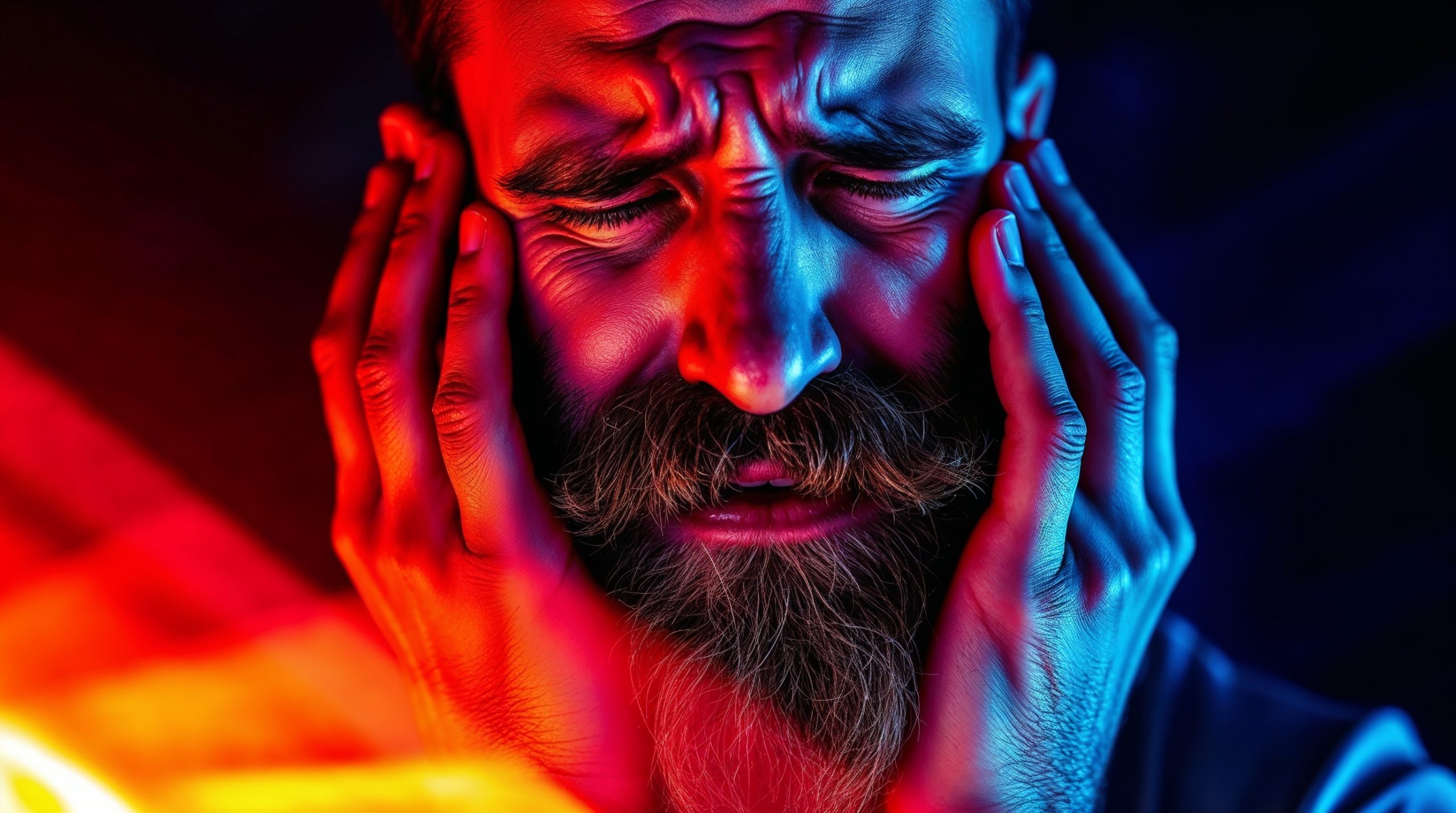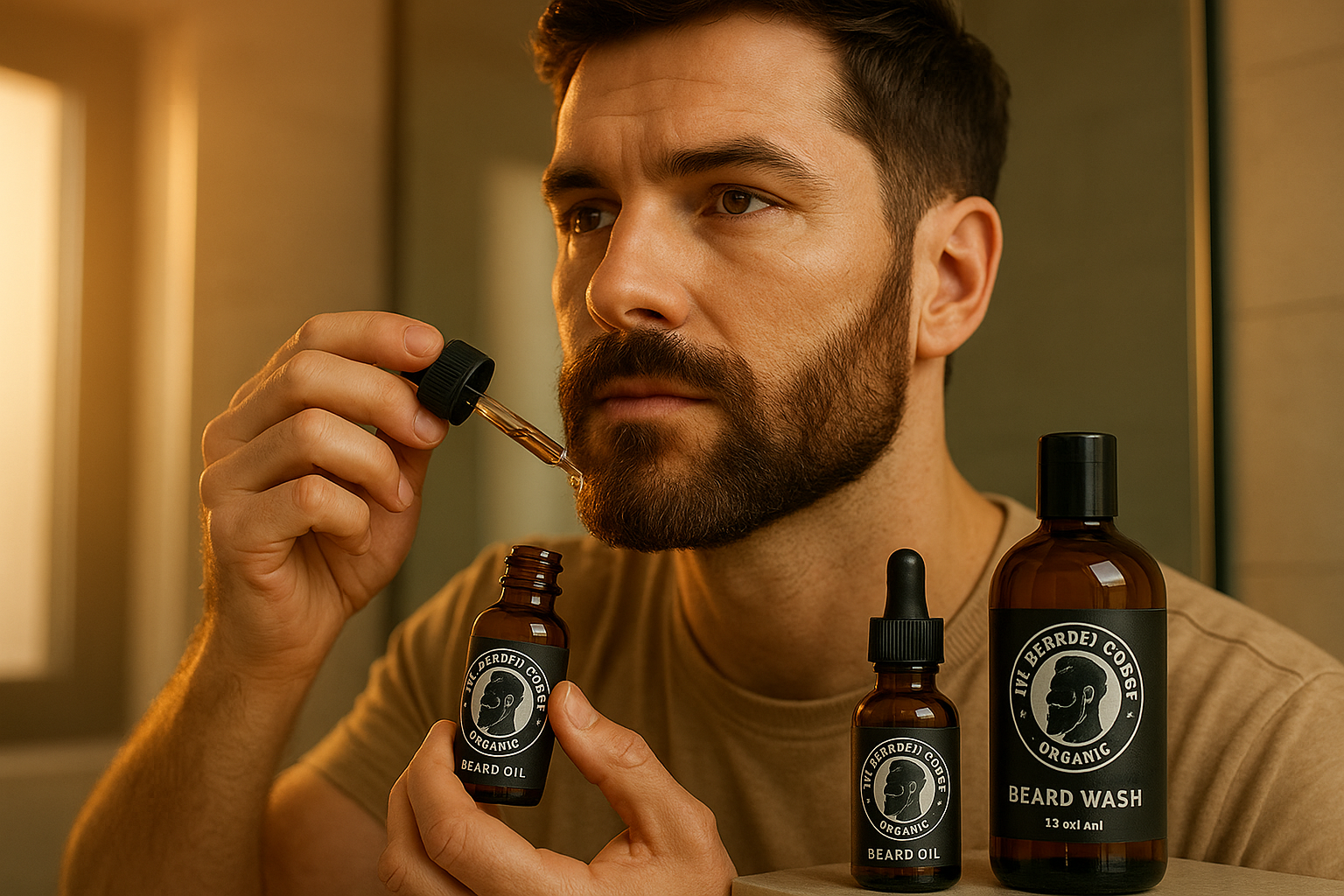Introduction
Beards are a big part of many men’s identity. But can you have a beard in the US Army? This question is crucial for those considering a military career. Army regulations are strict, but exceptions exist. This article breaks down the rules, history, and special cases regarding beards in the US military. Let’s dive in.
The Modern Resurgence of Beards (1990s – Present)
In the final decades of the 20th century, beard trends saw cyclical popularity shifts driven by cultural influences, individualism, and shifting perceptions of masculinity.
1990s:
During the 1990s, the clean-shaven look dominated, aligning with corporate culture and a polished, boy-next-door aesthetic. Few public figures sported beards, and facial hair often indicated rebellion or non-conformity. However, iconic figures like grunge musicians, such as Kurt Cobain, challenged norms with scruffy, unkempt styles.
2000s – Early 2010s:
The 2000s saw a gradual reintroduction of facial hair into mainstream fashion. Influential figures in entertainment and sports began embracing stubble, symbolizing rugged masculinity with a contemporary twist. By the late 2000s, neatly-trimmed goatees and short beards gained popularity, partly influenced by Hollywood and athletes like David Beckham.
Mid-2010s – Present:
Beards became mainstream again in the mid-2010s, symbolizing a mix of hipster culture, environmental consciousness, and a backlash against the overly manicured metrosexual image. Social movements, like the “Movember” campaign, also contributed to the resurgence by promoting beard growth for men’s health awareness. Longer, fuller beards became stylish, partly influenced by celebrities such as Jason Momoa and Chris Hemsworth.
Cultural Impact and Individualism:
This era’s beard renaissance reflects broader societal shifts: a push towards authenticity, self-expression, and a return to natural masculinity. Platforms like Instagram further amplified the trend, creating a global community celebrating diverse beard styles. Additionally, the popularity of beard grooming products highlights how this once-simple aspect of grooming has evolved into an art form.
This resurgence aligns with psychological studies suggesting that beards signal maturity, masculinity, and social dominance—qualities that resonate with contemporary notions of manhood.
Today, beards remain a powerful statement of personal style, cultural affiliation, and identity, reflecting a journey that mirrors broader societal changes in the 21st century.
Special Forces and Beards: A Tactical Exception
While the broader U.S. Army enforces strict grooming standards, Special Forces units often operate under different rules. One notable difference? Many Special Forces soldiers sport beards in active operations. But why?
Operational Necessity
Special Forces often conduct missions in environments where blending in is crucial. In regions like the Middle East and Central Asia, beards are culturally significant and signify respect and maturity. By growing beards, soldiers can better integrate with local populations, gaining trust and minimizing their foreign appearance. This cultural adaptability provides a tactical advantage in intelligence gathering and relationship-building
Symbol of Elite Status
For many, beards also symbolize the unconventional and elite nature of Special Forces. Unlike regular units, these soldiers often have more autonomy in appearance, reinforcing their distinct identity and operational freedom. The relaxed grooming standards highlight their specialized role and the unique demands they face
Historical Roots
The practice gained prominence during the War on Terror in the early 2000s. Deployed in Afghanistan, Special Forces soldiers grew beards to connect with local tribal leaders, who viewed facial hair as a sign of respect. This strategy proved so effective that it became a defining characteristic of these elite units
In essence, while beards remain prohibited for most soldiers, Special Forces units leverage facial hair for strategic and cultural reasons, underlining the complex relationship between appearance and military effectiveness.
Beards in the US Navy and Other Branches
While the U.S. Army has strict rules against beards, the policies vary across other branches of the military. Understanding these differences provides a broader picture of grooming standards in the U.S. military.
The US Navy’s Stance on Beards
The Navy banned beards in 1984 due to safety concerns. The primary reason? Beards interfere with the proper seal of gas masks and breathing apparatuses, which are crucial for shipboard fire safety and chemical defense
U.S. Army. Sailors are, however, allowed to maintain mustaches, provided they are neatly trimmed and do not extend beyond the corners of the mouth
Exceptions and Changes Over Time
Although beards are generally prohibited, there are exceptions for medical conditions like pseudofolliculitis barbae (razor bumps), which disproportionately affects African-American men. These sailors may be granted a “shaving waiver” but must keep their facial hair short and well-groomed
Air Force and Marine Corps Policies
The Air Force maintains similar standards, allowing mustaches but prohibiting beards, except for medical or religious reasons. Meanwhile, the Marine Corps enforces the strictest grooming standards, largely due to its emphasis on uniformity and discipline
Recent Discussions and Future Possibilities
There have been ongoing debates and petitions to relax beard policies across all branches, particularly as the military aims to be more inclusive. Advocates argue that modern respirators and advancements in technology could make beards compatible with safety equipment. However, as of now, the traditional stance remains largely unchanged
In summary, while the Army, Navy, Air Force, and Marine Corps maintain strict grooming policies, each branch has unique rules and exceptions. These policies reflect a balance between tradition, safety, and evolving cultural considerations.
Religious Accommodations for Beards in the Army
The U.S. Army recognizes the importance of religious expression, including the wearing of beards. While the general policy prohibits facial hair, exceptions exist for soldiers whose religious beliefs require them to grow beards. Here’s what you need to know:
Who Can Apply for a Religious Exemption?
Soldiers belonging to faiths that mandate or encourage beards can apply for a religious accommodation. Common examples include:
- Sikhs: Required by faith to maintain uncut hair (kesh).
- Muslims: Growing a beard is considered a Sunnah (recommended practice).
- Orthodox Jews: Some sects require beards as a symbol of piety.
How to Apply for an Exemption
- Submit a Request:
Soldiers must formally request an accommodation through their chain of command. - Review Process:
Requests are reviewed case-by-case, considering the soldier’s sincerity of belief and potential impact on military readiness. - Approval:
Approved soldiers are typically allowed to grow a beard, but they must maintain it neatly groomed to specific length standards (usually under 2 inches).
Key Considerations:
- Professional Appearance: Even with an exemption, soldiers must ensure their beards are clean and well-maintained.
- Operational Readiness: Beards might need to be temporarily shaved if they interfere with protective equipment (e.g., gas masks).
- Recent Developments: In 2020, the Army streamlined the process, making it easier for soldiers to apply for religious accommodationsU.S. Army.
Impact and Challenges
- Promoting Inclusivity: These policies reflect the Army’s broader commitment to diversity and respect for individual beliefs.
- Balancing Tradition and Modernization: While exemptions support inclusivity, the Army continues to balance these policies with operational needs.
In short, religious exemptions allow soldiers to maintain their faith while serving, demonstrating the Army’s evolving approach to cultural and religious diversity.
Broader Cultural Context: Why Beards Matter Today
The resurgence of beards in modern culture reflects more than just a fashion trend; it represents deeper societal shifts and personal expressions of identity. Here’s why beards continue to capture attention today:
1. Symbol of Masculinity and Maturity
Beards are often seen as a sign of maturity, strength, and masculinity. Psychologists suggest that beards can enhance perceptions of:
- Competence: In certain settings, a well-groomed beard can project confidence and wisdom.
2. Beard Popularity in Media and Culture
Beards have become synonymous with cultural icons and trends:
- Celebrities and Influencers: Figures like Jason Momoa and Chris Evans have popularized beards.
- Hipster Culture: The early 2010s saw a rise in “lumbersexual” fashion, emphasizing rugged, full beards.
3. The Psychology Behind Beard Attraction
Why are beards attractive to some? Research highlights key reasons:
- Sign of Health: A thick beard can imply good genetics and health.
- Perceived Trustworthiness: Depending on style, beards can project warmth and reliability.
4. Workplace and Social Acceptance
While beards are widely accepted in many professional settings today, attitudes vary by industry:
- Creative Fields: Often more open to diverse facial hair styles.
- Corporate Environments: Clean-shaven looks still dominate, though policies are evolving.
5. Racial and Cultural Perspectives
Facial hair growth patterns vary among different ethnicities:
- Genetics Influence Beard Growth: Men of certain backgrounds (e.g., East Asian or Native American) may have less facial hair.
The Future of Beards in the U.S. Army
As societal views on personal grooming continue to evolve, the U.S. Army faces ongoing discussions about the potential for more flexible beard policies. This debate reflects broader trends in inclusivity, technology, and military culture.
Technological Advances and Safety Considerations
One of the primary reasons for prohibiting beards is the need for a proper seal with protective gear, such as gas masks. However, recent advancements are challenging this stance:
- New Equipment: Modern respirators and gas masks are being developed to accommodate facial hair without compromising safety.
- Testing and Evaluation: Some experts suggest that with continued research, effective solutions could make beards compatible with essential gearU.S. Army.
Push for Policy Changes
There’s a growing movement within the military to reassess beard policies:
- Petitions and Advocacy: Soldiers and veterans have initiated petitions advocating for relaxed regulations, citing inclusivity and morale.
- International Comparisons: Allied forces like the British and Canadian militaries allow beards, demonstrating that operational effectiveness can be maintainedU.S. ArmyArmy PRT.
Potential Benefits of Allowing Beards
- Morale and Recruitment: Allowing beards could attract a broader range of recruits, particularly those who prioritize personal expression or religious adherence.
- Diversity and Inclusion: Relaxed policies would support efforts to create a more inclusive environment, accommodating soldiers from various cultural and religious backgrounds.
Challenges Ahead
Despite the potential benefits, challenges remain:
- Maintaining Uniform Standards: The Army places high importance on uniformity and discipline, which could be perceived as compromised.
- Balancing Tradition and Modernization: Changing long-standing policies requires careful consideration of both practical and cultural factors.
The future of beards in the U.S. Army is uncertain but evolving. As technology advances and societal norms shift, the possibility of more flexible grooming standards remains a topic of active discussion and debate.





4 thoughts on “Can You Have a Beard in the US Army? Exploring the Military’s Grooming Standards and Exceptions”